The Temple Road Towards a Great India: Birla Mandirs as a Strategy for Reconstructing Nation and Tradition
This book presents an analysis of the foundations organised by the Birla family in India. Several generations were involved in the renovation and establishment of sanctuaries, temples and other sacral buildings. As a result, between 1933 and 1998, nineteen Birla Mandirs were established, mainly in northern and central India. All the temples have the capacity to surprise with their various decorative motifs, not seen in other places, which apart from their aesthetic function-above all bear important symbolic content. Therefore, is it possible to treat the Birla Mandirs as a specific medium the carrier of a particular message that is not only religious, but with a significance that permeates other layers of social and political discourse. This message, as the authors of the book claim, have a bearing on the socio-political thought of India supported by the creation and propagation of ideas related to identity and a national art. It also conveys the idea of hierarchical Hindu inclusivism which, although considering all religions as equal, treats Hinduism in a unique way seeing within it the most perfect form of religion, giving man the opportunity to learn the highest truth. The book also examines whether the temples founded by the Birla family and the religious activities undertaken therein apply the concept of "inventing" tradition, and whether traditions created (or "modernised") in contemporary times are a way of enhancing the appeal of the message conveyed from temple to society.
Get it now and save 10%
BECOME A MEMBER

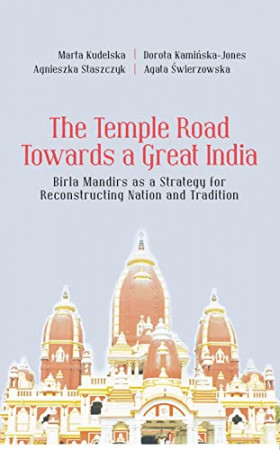
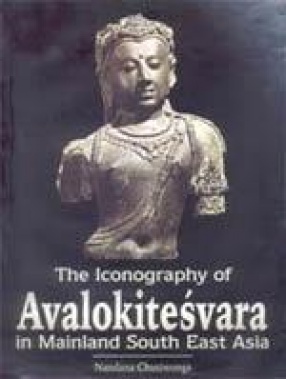
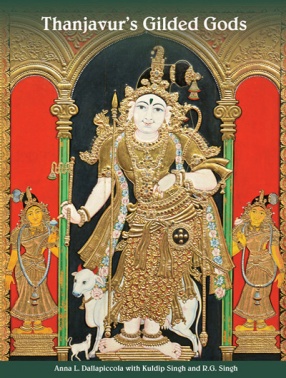
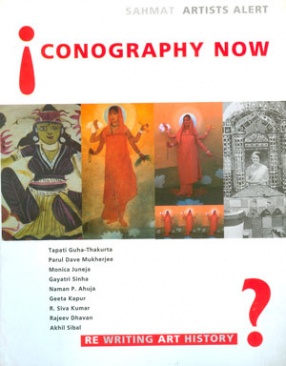
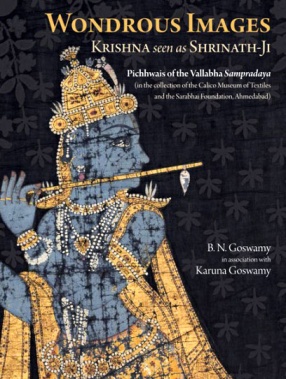

Bibliographic information
Dorota Kaminska-Jones
Agnieszka Staszczyk